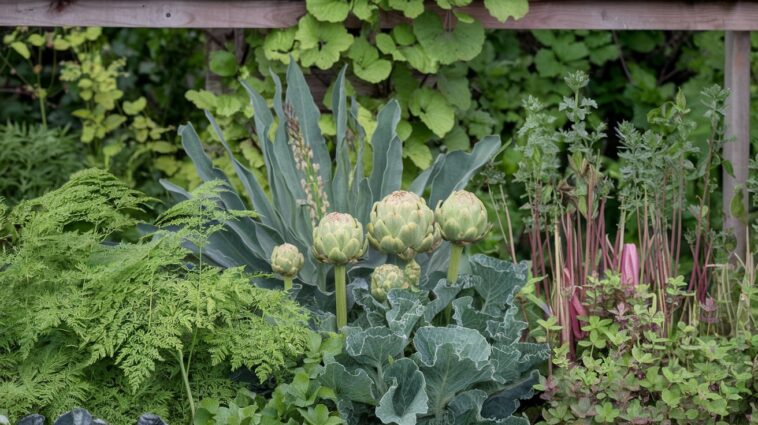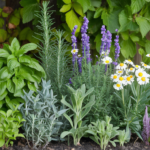I love gardening, but replanting crops every season can be exhausting. That’s why I’ve filled my garden with perennial vegetables—plants that keep producing year after year with minimal maintenance. These vegetables not only save time and effort but also improve soil health, attract pollinators, and offer a sustainable way to grow food at home.
If you want to build a low-maintenance yet highly productive garden, here are 15 of the easiest perennial vegetables that will keep your harvests going for years!
Why I Grow Perennial Vegetables
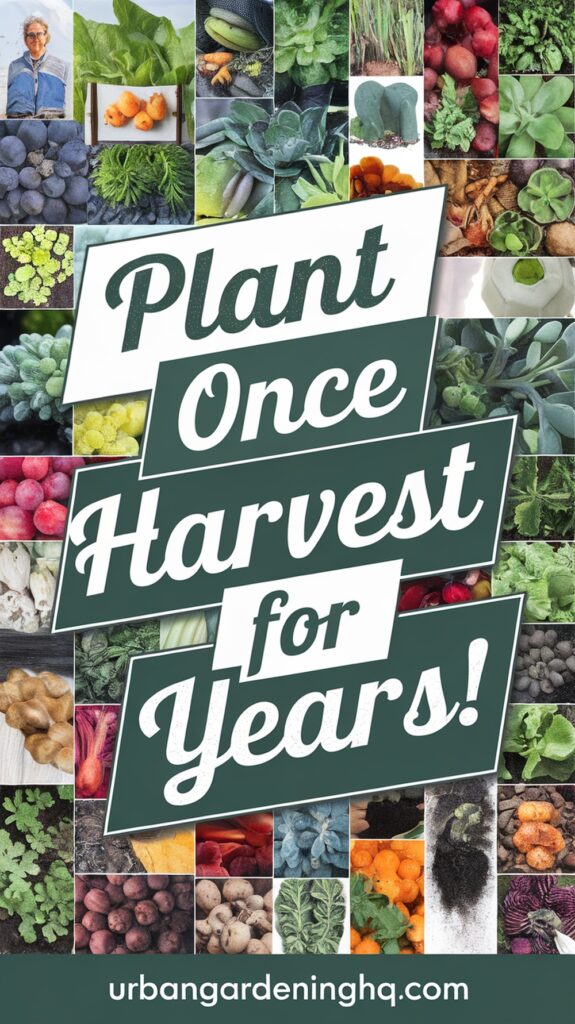
When I first started gardening, I focused mostly on annual crops like tomatoes, peppers, and cucumbers. While they were rewarding to grow, I found myself constantly replanting, which took time, effort, and resources. That’s when I discovered perennial vegetables.
Unlike annuals, which die after one season, perennials continue to grow year after year. Many are more resilient to pests and diseases, require less water, and enrich the soil over time. Plus, they often start producing earlier in the season, giving me fresh homegrown food before many annual crops are even ready to plant!
If you’re looking for long-term rewards in your garden, these perennial vegetables are a fantastic investment.
1. Asparagus
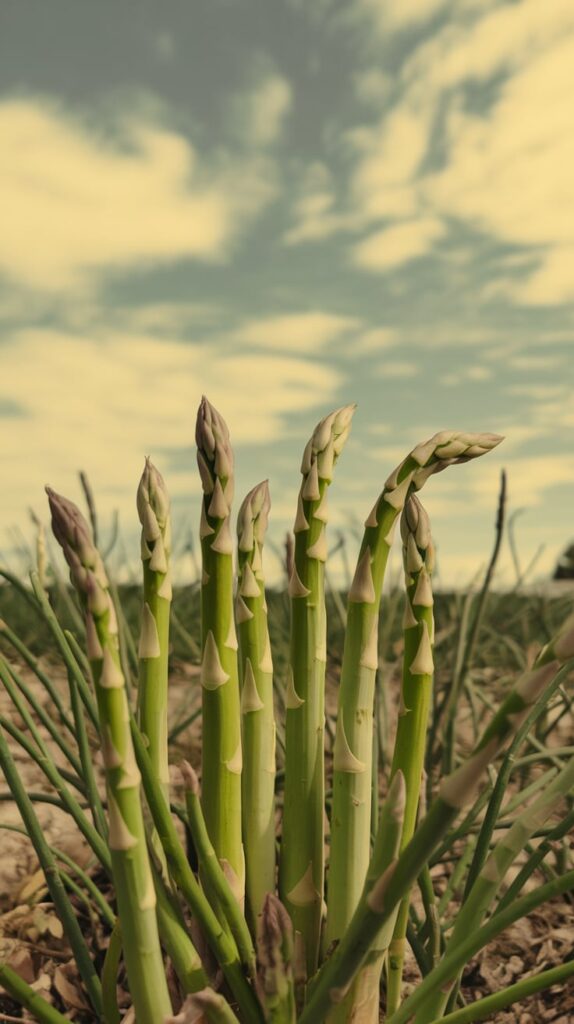
Asparagus is one of my all-time favorite perennials because it produces for decades once established. The first year or two requires patience since you shouldn’t harvest too much, but after that, you’ll enjoy fresh asparagus spears every spring.
- Prefers full sun and well-drained soil
- Benefits from mulch and compost to retain moisture
- Can live for 15–20 years with proper care
2. Rhubarb
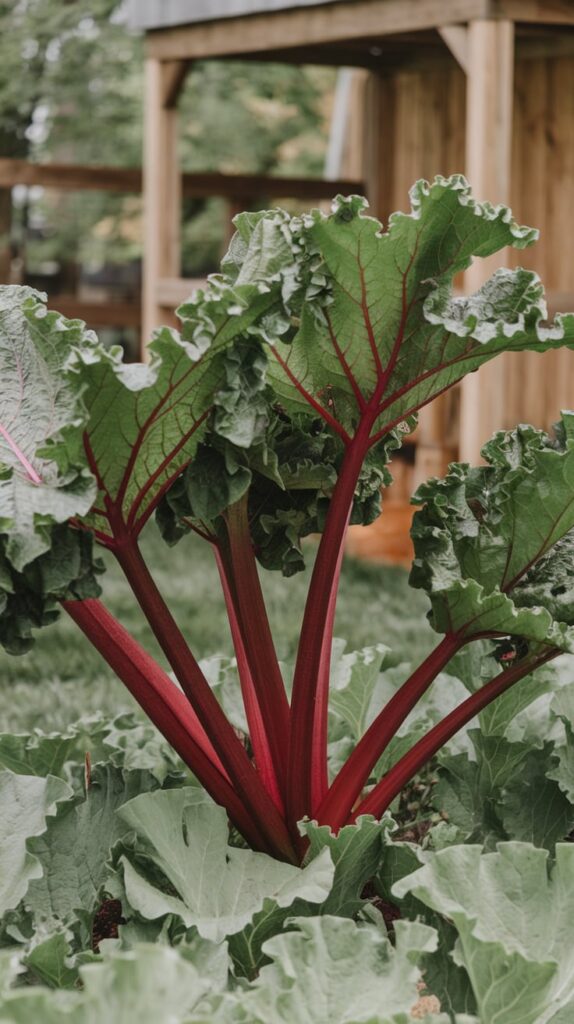
Rhubarb is a beautiful and low-maintenance plant that thrives in cooler climates. I love using its tart, vibrant stalks for pies, jams, and sauces.
- Needs full sun to partial shade
- Prefers rich, well-draining soil
- Stalks are edible, but the leaves are toxic—always remove them before consuming
3. Egyptian Walking Onions
This unique onion variety is both fun to grow and incredibly practical. It forms small bulbs at the top of the stalks, which eventually tip over and plant themselves, creating a continuous supply of onions!
- Extremely hardy and low-maintenance
- Both the green tops and underground bulbs are edible
- Self-propagates, so you’ll never run out of onions
4. Sunchokes (Jerusalem Artichokes)

Sunchokes produce nutty, potato-like tubers that I love roasting or adding to soups. They grow tall and are perfect for creating natural privacy screens in the garden.
- Thrives in poor soil and requires little watering
- Can spread aggressively, so plant in a designated area or containers
- Harvest in late fall for the best flavor
5. Horseradish
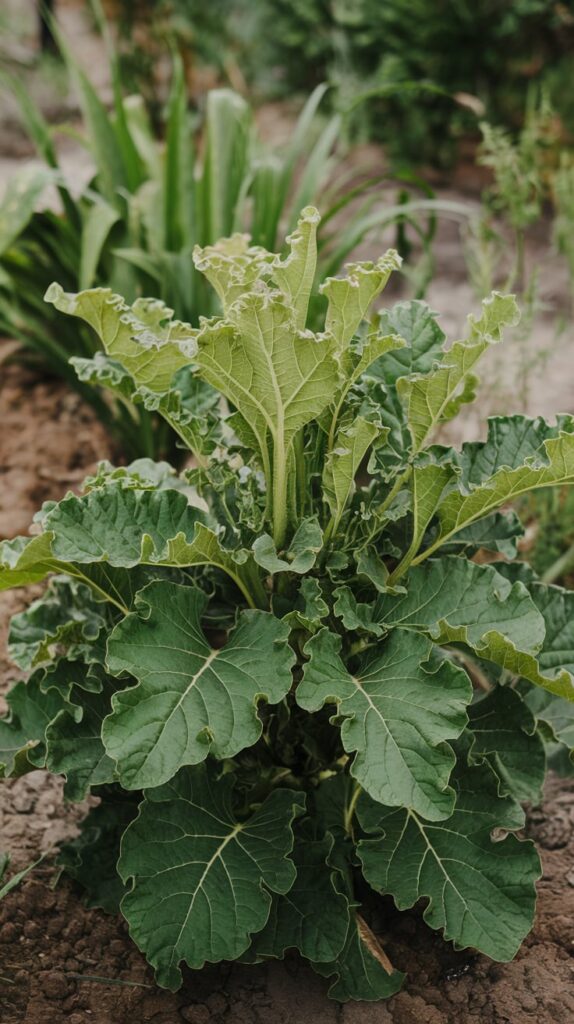
Horseradish is a spicy root that adds a bold kick to sauces and dishes. It’s incredibly easy to grow—almost too easy, as it spreads quickly!
- Best grown in a deep container to prevent spreading
- Harvest in late fall for the most potent flavor
- Can survive extreme temperatures
6. Good King Henry
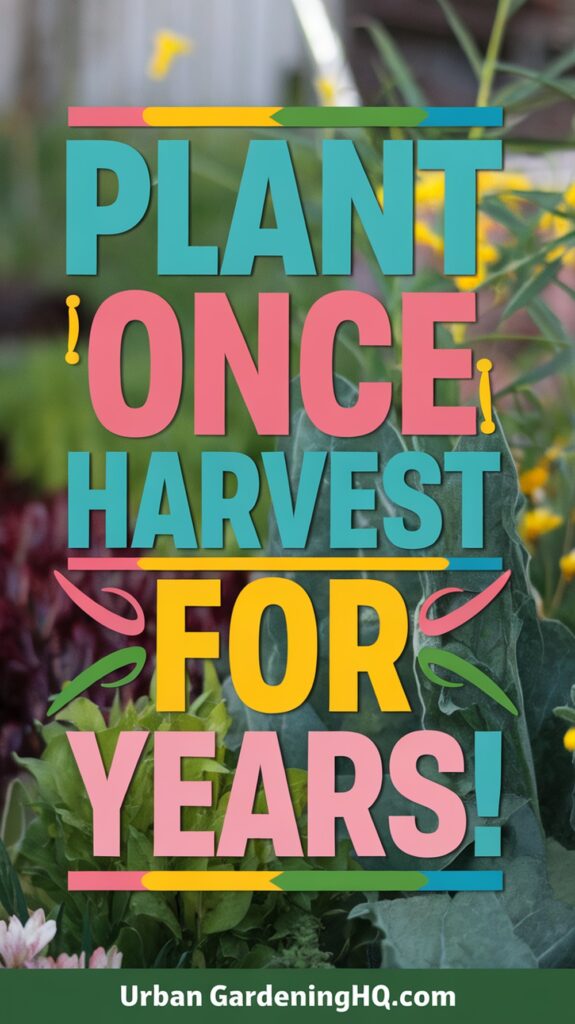
This old-fashioned green is making a comeback! It has a flavor similar to spinach and can be harvested throughout the growing season.
- Thrives in partial shade, making it perfect for tricky spots
- Leaves and shoots are both edible
- Requires little care once established
7. Sorrel
Sorrel is one of the first greens to pop up in early spring, providing a tangy, lemon-flavored addition to salads, soups, and sauces.
- Grows well in full sun or partial shade
- Can be harvested multiple times per season
- Drought-tolerant once established
8. Sea Kale
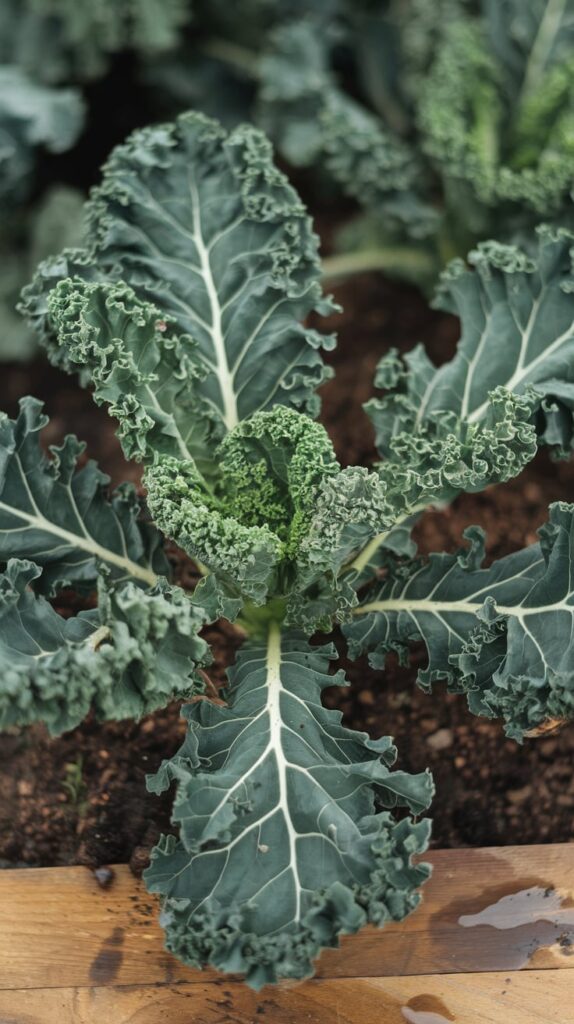
A highly nutritious and ornamental vegetable, sea kale produces edible shoots, leaves, and flowers. I love its deep root system, which makes it highly drought-resistant.
- Thrives in sandy, well-draining soil
- Needs space to spread, making it ideal for larger gardens
- Produces tasty, asparagus-like shoots in early spring
9. Lovage
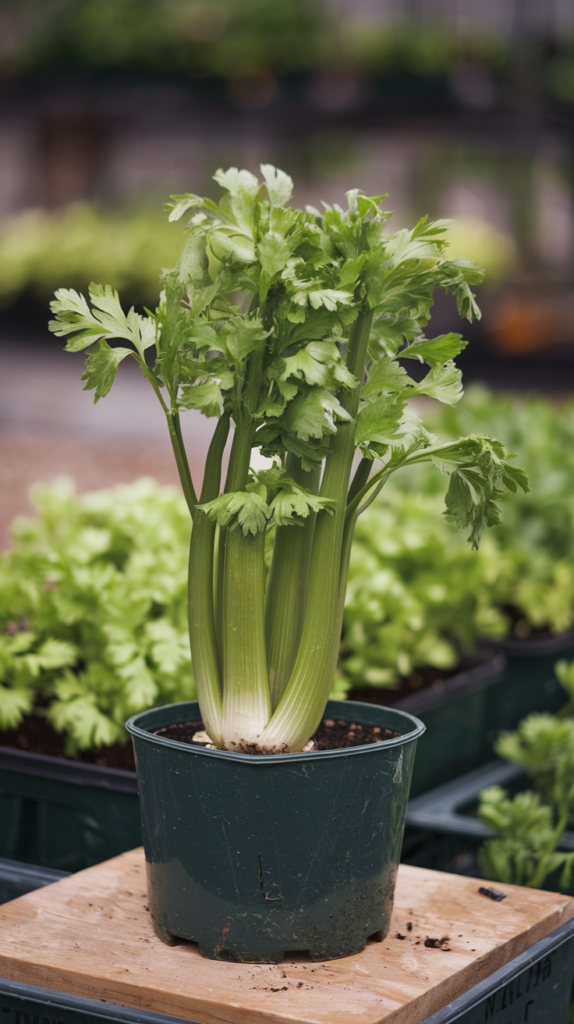
If you love the taste of celery but want an easier-to-grow alternative, lovage is perfect. It adds a strong, herbaceous flavor to soups and stews.
- Prefers full sun and rich, moist soil
- Can grow up to 6 feet tall
- Comes back stronger each year
10. Perennial Leeks
Perennial leeks provide a mild, onion-like flavor and require much less maintenance than traditional onions.
- Divide clumps in fall to ensure continuous harvests
- Grows well in partial shade
- Resistant to most pests and diseases
11. Chinese Artichokes (Crosnes)
These tiny, crunchy tubers are a unique addition to my garden. They have a nutty flavor and a crisp texture, perfect for stir-fries and salads.
- Spreads easily, so I grow them in containers
- Harvest in late fall for the best taste
- Requires very little care once established
12. Scarlet Runner Beans
Unlike traditional beans, scarlet runner beans can be grown as a perennial in warmer climates. Even as an annual, they reseed themselves and provide beautiful edible flowers and pods.
- Requires a sturdy trellis for climbing
- Attracts pollinators like bees and hummingbirds
- Produces beans for fresh eating or drying
13. Chayote
Chayote is a vining perennial squash that thrives in warm climates. The entire plant—fruit, leaves, shoots, and roots—is edible!
- Requires a trellis for support
- Thrives in tropical or subtropical regions
- Produces crisp, mild-flavored squash perfect for cooking
14. Malabar Spinach
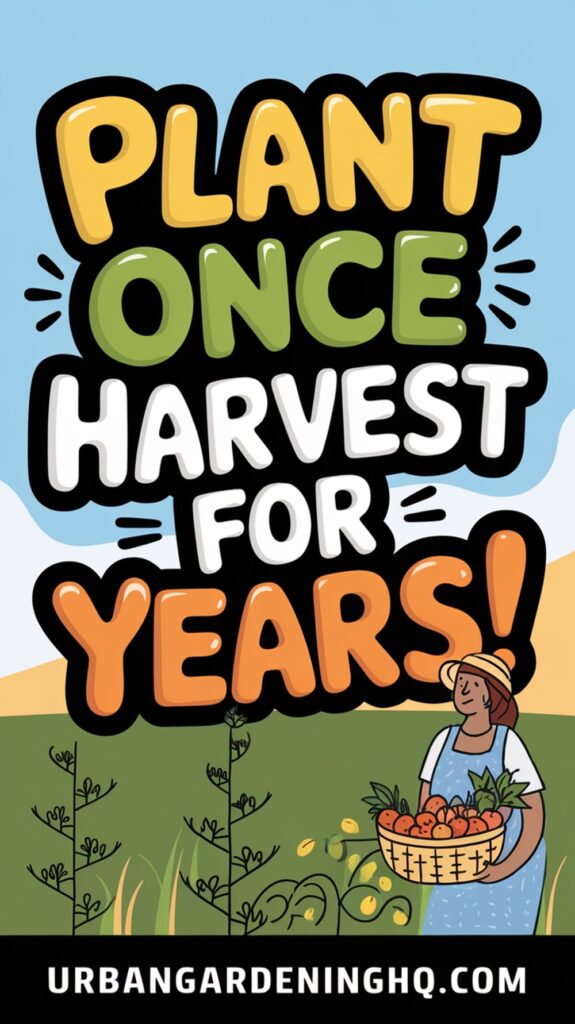
Unlike traditional spinach, Malabar spinach loves heat! It has thick, juicy leaves that work well in salads and stir-fries.
- Best grown on a trellis to encourage climbing
- Thrives in full sun and warm temperatures
- Resistant to bolting, making it a great summer green
15. Watercress
Watercress is one of the healthiest greens I grow. It loves damp conditions and thrives in shallow water or consistently moist soil.
- Perfect for growing near a pond or in a shallow container
- Highly nutritious and packed with vitamins
- Produces fresh greens year-round in mild climates
Final Thoughts
Growing perennial vegetables has completely changed the way I garden. Instead of constantly replanting, I can enjoy year-after-year harvests with minimal effort. Not only do these plants provide fresh food, but they also enhance soil health, attract beneficial insects, and make gardening more sustainable.
If you’re looking for easy, productive plants that require little maintenance, I highly recommend adding some of these perennials to your garden. They’re a long-term investment that will reward you with delicious harvests for years to come!
